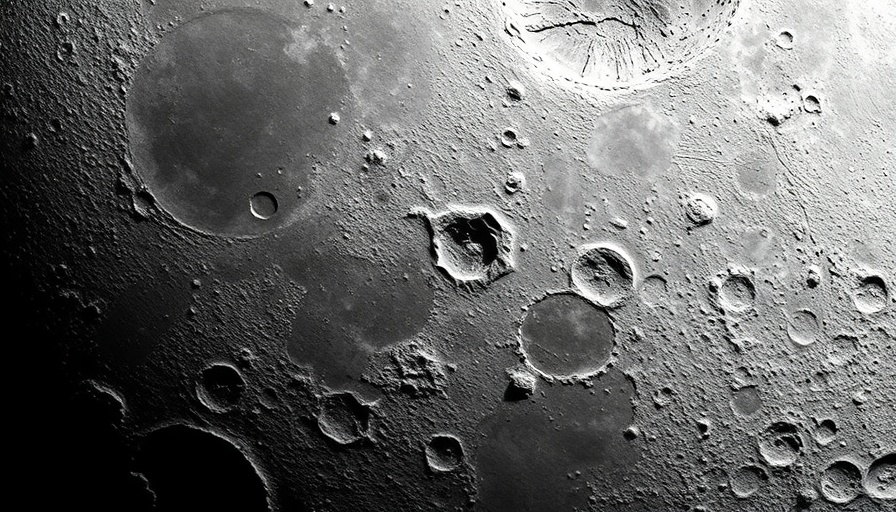
America’s Lunar Ambition: Why Space Matters
As a private lunar lander, Firefly Aerospace's Blue Ghost moon lander, touched down on March 2, 2025, excitement filled the air as NASA's acting chief, Janet Petro, celebrated this significant achievement. This historic moment isn’t just a success for Firefly; it represents a strategic point in the United States' quest for dominance in space exploration. With ambitions for lunar and Martian expeditions, the U.S. is positioning itself as a leader in a new era of space development.
From Unity to Domination: Changes in Space Rhetoric
Petro's remarks during the landing webcast echoed the “America First” strategy, suggesting a shift from a more collaborative global approach to a more unilateral perspective. Her statement, “I think this administration really wants to keep America first, and I think the way that we keep America first is by dominating in all the domains of space,” marks a notable departure from the Apollo era's more inclusive message of exploration “for all mankind.” This pivot raises questions about the future dynamics of international cooperation in space.
The Role of Commercial Partnerships in Space Innovation
The successful landing of Blue Ghost highlights NASA's Commercial Lunar Payload Services (CLPS) program, designed to foster partnerships with private companies. By collaborating with businesses like Firefly Aerospace, NASA aims to build a sustainable lunar economy. Petro emphasized that building this economy is vital for America’s leadership in space, stating, “Building that lunar economy is what’s going to make us dominate in and around the moon.” Such partnerships signal a recognition of the growing importance of innovation and private sector involvement in space exploration.
Future of Lunar Exploration: What Lies Ahead?
Looking forward, the Artemis program continues to underscore NASA’s commitment to lunar exploration, paving the way for potential manned missions to Mars. Planned crewed missions, including Artemis II and III, illustrate NASA's ambitions to return astronauts to the lunar surface by 2027. As these explorations unfold, the question remains: how will the US maintain its competitive edge in an increasingly crowded space landscape?
Intersecting Innovations: Addressing Challenges and Opportunities
Navigating the challenges of lunar and Mars missions requires not only technological advancements but also innovative thinking. From developing new life-support systems to addressing potential hazards posed by the lunar environment, NASA’s continued focus on partnerships and innovations highlights the evolving nature of space exploration.
Global Implications: Space as a Shared Frontier
As the US pushes for dominance in space, it is crucial to consider the implications of this shift in perspective. Will this lead to a more isolated approach, or can international cooperation still thrive despite it? NASA has established the Artemis Accords, a framework encouraging international cooperation for lunar exploration. This cooperative spirit may be essential to ensure that future explorations benefit all of humanity rather than reinforcing national boundaries in the cosmos.
In conclusion, as America redefines its role in space exploration, both challenges and opportunities arise. The idea of dominating space may foster innovation within the U.S. commercial sector, yet it also necessitates a reconsideration of global partnerships. As exploration of the Moon and Mars continues, engaging with the international community could pave the way for shared advancements in the pursuit of knowledge across the universe, ensuring space remains a shared frontier.
 Add Row
Add Row  Add
Add 




Write A Comment